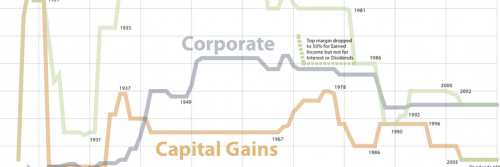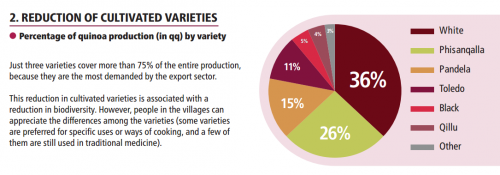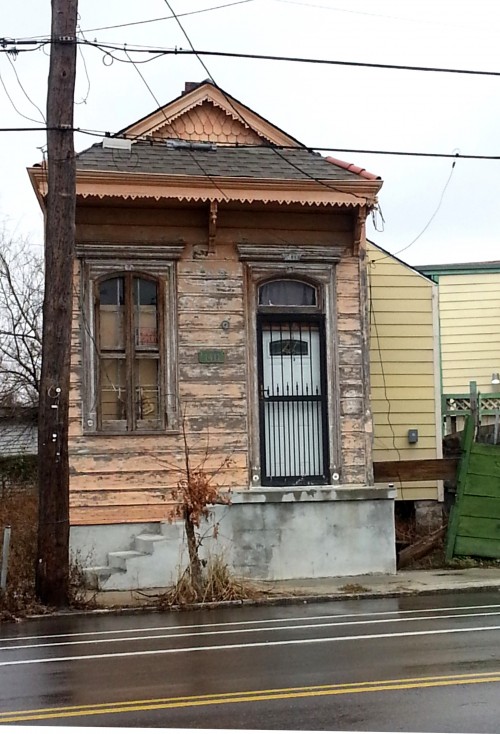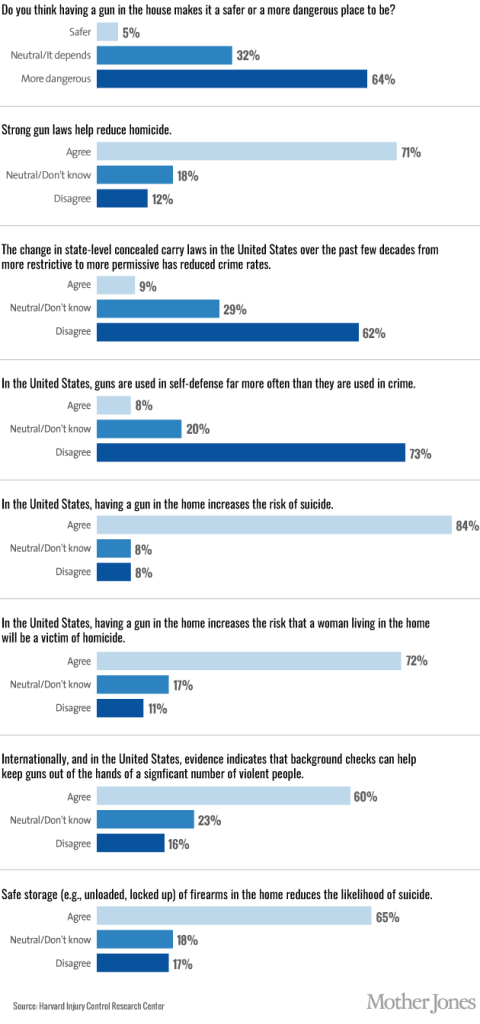Flashback Friday.
Behold, the taken-for-granted, unexceptional:
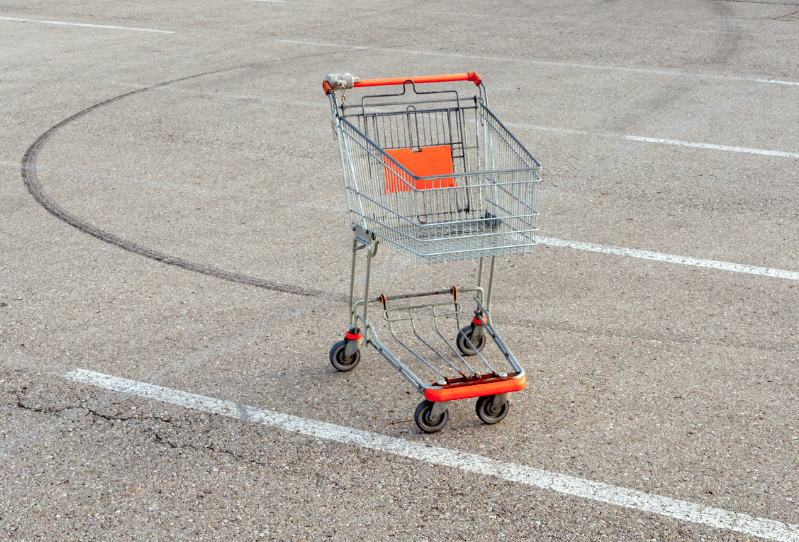
Cropped version of image by XoMEox, Flickr Creative Commons
Until last week I had never truly thought about shopping carts. I mean, I occasionally notice one stranded in an unexpected place, and as a kid I loved the occasional chance I had to push one a bit and then jump on and race down an aisle. But I read Cheap: The High Cost of Discount Culture by Ellen Ruppel Shell, and it turns out that the story of the shopping cart is fascinating!
Way back in the day, stores weren’t like they were today. You went in and there was a long counter and you had the clerk show you the wares. If you’ve read some Jane Austen or Laura Ingalls Wilder, you’ve undoubtedly come across a scene where a clerk is showing someone bolts of cloth. That’s how things worked: almost everything was behind the counter; you told the clerk what you were interested in and they showed you your options. You haggled over the price, decided on a nice gingham, the clerk wrapped it for you, and off you went. Most retail outlets worked more or less along these lines (think of a butcher, for instance).
But if you were a shop owner interested in keeping prices down, this situation might be less than ideal. It required a lot of clerks, and experienced clerks who knew all the goods and could be trusted to set an acceptably profitable price for them, too.
Eventually retailers, including F.W. Woolworth, tried putting more products out on display in the store so customers could help themselves. Some customers liked the ability to pick items off the shelves directly, but more importantly, you didn’t need as many clerks, and certainly not such highly-paid ones, if their job was mostly reduced to ringing up the purchases at the register.
Of course, this presents a new problem: how are customers going to carry all their purchases around the store while they make their selections? Well, a basket they could carry over an arm would work. But these baskets had a downside: they didn’t hold much and they quickly got heavy.
As Shell notes, in 1937 a man from my home state of Oklahoma, Sylvan Goldman, came up with a solution. He owned the Humpty-Dumpty grocery store chain (I still remember Humpty-Dumpty!). He and a mechanic he hired came up with a cart on which two shopping baskets could be suspended. And thus the shopping cart — or, as Goldman named it, the “folding basket carrier” — was born. As Goldman suspected, people bought more when they didn’t have to carry a heavy basket on their arm. The folding basket carrier was advertised as a solution to the burden of shopping:

The only problem was…people didn’t like the new contraptions. From a 1977 interview (via):
I went into our largest store, there wasn’t a soul using a basket carrier, and we had an attractive girl by the entrance that had a basket carrier and two baskets in it, one on the top and one on the bottom, and asked them to please take this cart to do your shopping with. And the housewive’s, most of them decided, “No more carts for me. I have been pushing enough baby carriages. I don’t want to push anymore.” And the men would say, “You mean with my big strong arms I can’t carry a darn little basket like that?” And he wouldn’t touch it. It was a complete flop.
Goldman eventually had to hire attractive models to walk around the store pushing the carts to make shopping carts seem like an acceptable or even fashionable item to use.
Over time the basic design was changed to have a single basket, with a flat shelf on the bottom for large items. The baskets could also then “nest” inside each other (instead of being folded up individually), reducing the amount of space they required for storage.
The Baby Boom ushered in the final major design change, a seat for kids.
Notice in the image above how small the cart was compared to what we’re used to today. I remember as a kid going to the local grocery store, and the carts were quite small; eventually a big warehouse-type grocery store came to the nearest city and their baskets seemed gigantic in comparison. Because obviously, if people will buy more if they have a cart instead of a full arm-carried basket, they’ll buy even more if they have a bigger cart — not just because there’s more room, but because it seems like less stuff if it’s in a bigger cart. Restaurants discovered the same principle — people will want bigger portions if you give them bigger plates because it visually looks like less food and so they don’t feel like they’re over-eating.
Without enormous carts, Big Box discounters and wholesale club stores couldn’t exist. You can’t carry a box of 50 packages of Ramen noodles, 36 rolls of toilet paper, a box of 3 gallons of milk, enough soup for the entire winter, and a DVD player you just found on sale around without a huge cart.
So there you have it: labor de-skilling + marketing – stigma of feminine association + Baby Boom + profits based on increased purchasing of ever-cheaper stuff = the modern shopping cart!
I love it when I learn totally new stuff.
Originally posted in 2009.
Gwen Sharp is an associate professor of sociology at Nevada State College. You can follow her on Twitter at @gwensharpnv.

